|

An Alpha Systems Legacy or Mechanical AoA
Useful AoA Display Locations
(Here's a complete list of all our AoA pages)
For locations to mount the Alpha probes, the sensors, please click here.
For a few ideas on routing the sensor lines, click here.
We suggest that the AoA display should be as HIGH as possible in the panel or..even better...mounted ABOVE the glareshield. Ideally, we can look out to the runway and peripherally sense the color of the Legacy indexer. In either case, it should be located somewhere near the ASI. Here are a few typical AoA display locations that have worked out well.:
|
An S35 Bonanza. Our flight test aircraft. This is the ideal location.
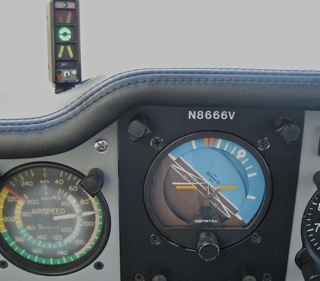
Here is a later version of the same display; this the "Eagle AoA" by AlphaSystems >>>>> display; this the "Eagle AoA" by AlphaSystems >>>>>
|
Here is the AOPA Air Safety Foundation's Piper Archer with DUAL AoA displays. AOPA uses this aircraft to demonstrate Alpha and to teach AOPA staffers how to fly.
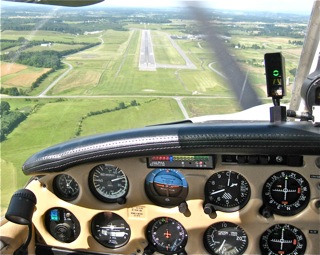
|
Here is a Piper Arrow at Liberty University's Freedom Air Flight School. One of three Arrows equipped with AoA, this aircraft is used for CFI standarization and for training students to the CFI ticket. Hooray for them! This superb flight school "gets it".
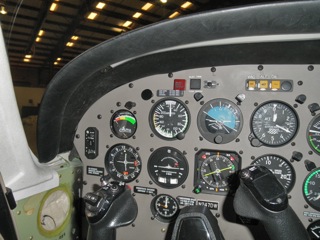 For use as a TEACHING TOOL, I truly believe that this simple mechanical display ... the lowest cost system ... is the best choice. Time will tell. For use as a TEACHING TOOL, I truly believe that this simple mechanical display ... the lowest cost system ... is the best choice. Time will tell. |
|
A Beech 58 Baron with the Legacy AoA mounted high, near centerline, on the glareshield:
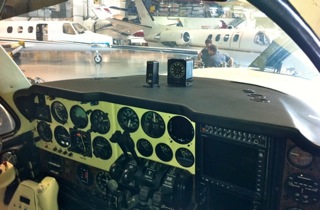 |
A G36 Bonanza, almost a brand new aircraft.. now "even better than new":
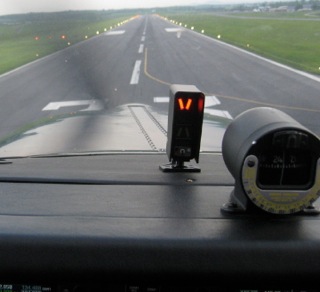 |
A very early model Bonanza with the mechanical AoA. Nicely done:
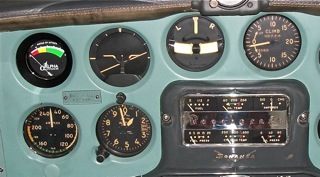 |
The Navy and Marine Corps orients its AoA gauges so that the target Alpha is at 3 o'clock.
"Needle high? PUSH it down. Needle low? PULL it up."
In my opinion, THIS IS THE BEST WAY to orient the mechanical AoA display (but be aware that Naval aircraft all have a glare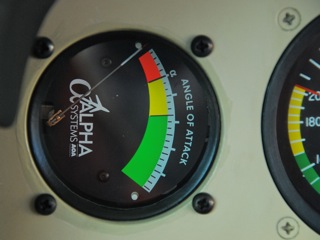 shield-mounted Legacy indexer as well). shield-mounted Legacy indexer as well).
I also believe the mechanical AoA is the best Alpha-Teaching device for use by flight schools. It makes the Bank vs. G-Force curve come alive, in the students' minds.
This one is in a Model 36 Bonanza owned by a Naval Aviator and his family.
|
A truly lovely Comanche restoration. Personally, I'd prefer to see this AoA mounted up higher. But with the "enhanced, voice" software switched "ON", it works perfectly well in the panel. It is good that it's located close to the ASI:
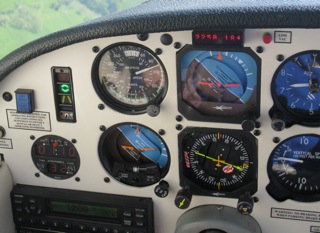
|
A Piper Tomahawk with the mechanical AoA, in daily use as a trainer:
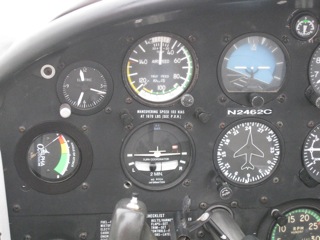 |
A Bonanza with the nice carbon fiber glareshield mount of the mechanical AoA. The gauge can be ordered so as to be rotated clockwise to the 3 o'clock, if the owner likes:
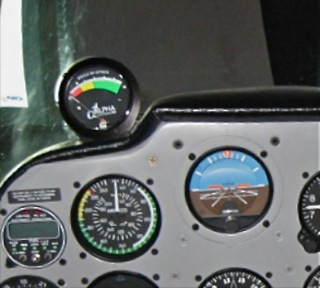
|
Here's a King Air 90 Blackhawk on final approach near minimums. Radar Altitude shows 300 AGL. Can you see the reserve energy in the Legacy AoA display and the On-Speed condition on the ASI? I'd say "Perfect". A half mile later, we'll be even slower and on the Green Donut as the runway comes in sight.
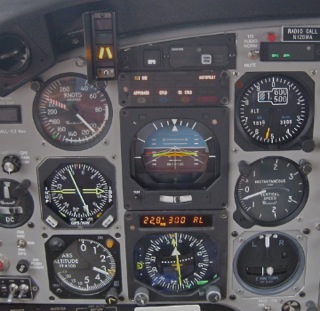 |
Here is another AoA system and a few images that we recently heard about: The CYA-100
NEVER FORGET that a AoA Display will NOT improve any aircraft's performance, not even a little bit! But an AoA will provide sufficient additional information to give the pilot confidence to operate safely closer to the airplane’s limits…and the AoA will enable a pilot to extract all--or, at least: far more of--the airplane's available performance. An AoA can definitely make a good pilot better and enable him to fly more precisely.
|
Read comments from pilots with recent fight experience using this particular AoA device, with AoA flight time in military aircraft, and in using AoA devices in general aviation aircraft. Read what a few Flight Instructors and Pilot Examiners think about it. As you read along, please notice that all are pilots with great experience...the most highly skilled among us...and ... EVERY ONE of them is savvy enough and humble enough to know that there are VERY GOOD REASONS for having an Angle of Attack indicator on the glareshield.
|






